Content
Despite the fact that quails have been known in Russia for a very long time, even under Ivan the Terrible, dishes from fried quails were widespread; real industrial breeding of these unpretentious birds was started only in the second half of the 20th century. The first farms specializing in quail breeding and obtaining meat and eggs from them appeared in Russia only in 1964.
All subsequent variety of breeds was obtained from this one breed. The process went a long way of endless crossings and mutations and selection of the most oviparous or the largest by weight (meat) individuals. As a result, at the moment there are three conditional groups of quails, which differ in their descriptions by their characteristics: egg, meat and meat. It should be noted that in the case of quails, unlike, for example, chickens, this division is rather arbitrary. After all, even meat quail breeds they also carry a sufficient number of eggs, and the difference between egg and beef breeds becomes clear only with an industrial content of several tens of thousands of heads. For home content or small farms, any breed of quail will be of value, since at first it is possible to get a sufficient number of eggs from it, and then the quail can be used for meat. But there are still differences in the characteristics of the breeds, and egg quail breeds are currently distinguished by a great variety and in order to choose the most suitable ones for yourself, you must first get to know them better.
Egg direction
Usually, people who want to improve their health or the health of their children, or those who are not interested in slaughtering poultry for meat, and they want to get only quail eggs in the largest possible amount, think about purchasing a quail breed for eggs. Why are quail eggs so attractive that they are even preferred over chicken eggs.
The composition and properties of quail eggs
The average weight of a quail egg is about 10-11 grams. For comparison, a chicken egg weighs five times more than 48-55 grams. A quail egg has a rather thin shell, but despite this, the eggs are not fragile, and many now even use special scissors to prepare a dish of dozens of quail eggs - it is so difficult to crack the shell.
One quail egg contains 1.3 g of protein, 1.1 g of fat, 0.05 g of carbohydrates. And if we talk about calorie content, then one quail egg contains about 15-16 calories. Well suited for nutrition, even for those who are losing weight. In addition, the egg contains iron, calcium, copper, phosphorus, cobalt, carotenoids and vitamins A, B1, B2 and PP. The main advantage of quail eggs is their hypoallergenic properties, thanks to which they can be introduced into the diet of allergy sufferers. What other medicinal properties do quail eggs have?
- Reduce the growth rate of cancer cells;
- Enhances brain activity, improves memory and has a calming effect on the nervous system;
- Promote the healing of stomach ulcers and normalize the digestive tract;
- They help to remove heavy metals and toxins from the body and increase the level of hemoglobin, therefore they are very useful for pregnant women and small children, weakened after illnesses;
- They are used for cosmetic purposes, as they improve the condition of the skin and hair;
- They are used in the treatment of diseases such as tuberculosis, diabetes mellitus, bronchial asthma, vegetative-vascular dystonia.
Compared to chicken eggs, calculating profitability is pretty straightforward. Even based on the average egg production, one quail can lay 250 eggs per year, which corresponds to its mass increased by 20 times. The hen lays the number of eggs per year, corresponding to its weight, increased by 8 times. But at the same time, the quail eats feed per year, at least 10 times less than the chicken. Therefore, quail eggs are not only healthier, but also more profitable than chicken eggs. By the way, the productive period for chickens and quails approximately coincides, since the quail lays the largest number of eggs in the first year of life, in the second year the number of laid eggs is already decreasing, but it can still lay. And she completely loses the ability to lay eggs only at the age of 2.5-3 years.
Japanese quail
This breed is currently one of the best for breeding eggs. Moreover, it is a kind of standard for other breeds - usually it is with its parameters that egg, meat and other characteristics of different breeds are compared.
The weight of the quails themselves is small: males 110-120 g, females 135-150 g. Under favorable conditions, female Japanese quails can begin laying at the age of 35-40 days. Each quail is capable of laying from 290 to 320 eggs per year. The eggs are small, weighing from 9 to 12 grams. The fruitful egg-laying period lasts for about a year in quails, the next year the number of eggs laid may decrease by two or more times.
Have Japanese quail breed there are many additional benefits:
- They are very unpretentious in content;
- They are highly resistant to various diseases;
- They quickly gain weight in the first weeks of life and by 40 days reach the weight of adult quails;
- In addition, already at the age of 20 days, they show sexual differences, which makes it possible to separate the selected quails into different cells at an earlier date. It is easy to distinguish a male from a female by the color of the plumage on the chest - brown tones prevail in males, and light gray with black specks in females. In addition, the beak color of males is darker than that of females.
The main disadvantage of Japanese quails is the small live weight of birds, so they are not suitable for meat production. But for beginner lovers of quail eggs, this breed is one of the best due to its unpretentiousness.
Lovers of everything unusual can be advised the marble breed, which is an exact copy of Japanese quails in its characteristics, but has a very peculiar appearance.
This is a mutant form obtained in Russia by X-ray irradiation of the testes of male Japanese quails. As a result, quails of the original light gray color with red dots resembling marble were obtained. There are other colors: golden, white and others, but usually they are kept more at home, as ornamental birds, since their egg-laying characteristics are uncertain.
English or British white quails
This breed was bred in England and came to Russia only in the 80s of the last century. English white quail are considered one of the promising breeds, especially for industrial breeding, because, due to the white color of their plumage, they have a pale pink carcass color, which is very attractive to potential buyers.Even despite the fact that their live weight is only slightly higher than the weight of Japanese quails: males 140-160g, females 160-180g, for the above reason, they are often used for breeding for meat. Although the egg production of this breed of quail is also quite high - up to 280 eggs per year.
In addition, in recent years, it is this breed that is often used as the basis for breeding broiler quail lines - for example, in Europe, breeders have managed to breed birds, females of which reach 250-300 grams of live weight. The breed of English white quails is also unpretentious in keeping and feeding, but it is better to breed these quails by more experienced poultry breeders, since it has one drawback - it is rather difficult to distinguish the sex of quails until they reach 7-8 weeks of age. At this age, they become sexually mature and the male can be distinguished by the presence of a cloacal gland in the form of a small pinkish thickening. The female does not have it, and the surface around the cloaca has a bluish tint.
Meat and egg breeds
The selection of this direction is rather arbitrary, since the rocks differ slightly from each other in their characteristics.
Manchu golden quail
This quail breed is interesting, first of all, for its unusual color. On a light background, yellow and brown specks are randomly scattered, due to which a very picturesque effect of a golden tint is obtained.
If you are faced with a choice of which breed of quail is best to buy for beginners, then the Manchu golden quails can be recommended with confidence, since, along with the beauty of plumage, they differ in good egg production - 260-280 eggs per year, and their eggs are larger than Japanese quails - 15-16 grams per egg. In addition, from quails of this breed, you can already get a decent yield of meat, since the average weight of males is 160-180g, and females reach 180-200g. Well, the color of the carcass, due to the light plumage, is also not able to alienate potential buyers.
Manchu quails also differ in unpretentious maintenance and low feed consumption per head.
Estonian quail breed
At the moment, this breed is the most popular both among farmers and large agro-industrial enterprises, and among amateur poultry breeders who are just going to breed quail on their farm. And this is no accident. The kitevers (another name for the Estonian breed) have many advantages that make them versatile and attractive for breeding.
- Good egg fertilization - 90-92%.
- Good health and not picky about the conditions of detention.
- High viability and survival rate of young quails - up to 98%.
- Rapid weight gain during the first weeks of life.
- Long lifespan and long egg-laying period.
- It is easy to tell the male from the female as early as two weeks of age. The male has three light yellow stripes on his head. The female's neck and head are gray-brown.
Owner reviews
See what reviews this breed is given by people who tried to breed it.
Video review
Quail meat breeds
Meat quails appeared much later than egg and meat-and-meat breeds, but in recent years it is this direction that has been distinguished by a rapid pace of development.
Pharaoh
Until recently, it was the only meat breed in our country. But lately she's been so crowded texas white, that some sources even classify the pharaohs as a meat-and-meat direction. Indeed, despite the rather large sizes that the quail of the Pharaoh breed reaches - males up to 260 g, females up to 320 g, they still have a relatively high egg production, on average 220 eggs per year, although for some poultry farmers this figure reaches 260 eggs per year. In addition, the eggs themselves are quite large, weighing 18 grams.
Have Pharaoh quail there are also some disadvantages: they are quite demanding on the conditions of keeping and feeding, and also the dark color of the plumage worsens the presentation of the carcasses.
Texas whites
This breed appeared relatively recently in our country, but the demand for it has already exceeded all expectations. It has many similar names, such as white Texas giants, meat weighted whites, etc.
On average, the live weight in males is 360 g, and in females - 450 g. At the same time, it is not uncommon for female white Texas quails to reach 500 grams or more. The meat yield is about 50% of the live weight.
White Texas quails have the following advantages:
- High rates of live weight and meat yield;
- Attractive carcass for buyers;
- Simplicity and unpretentiousness in content, calm disposition.
The breed also has disadvantages:
- Relatively low egg production and fertility;
- Males are not very active, so they need more for the same number of females;
- Determine gender it is possible only after the onset of puberty and the beginning of egg production.
Watch a video review of Texas White Quails:
Conclusion
After reading the information provided in this article, you will most likely be able to determine which quail breed is right for you in the best way.
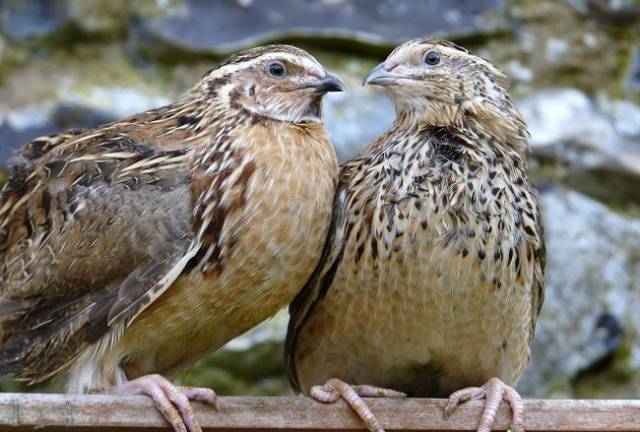
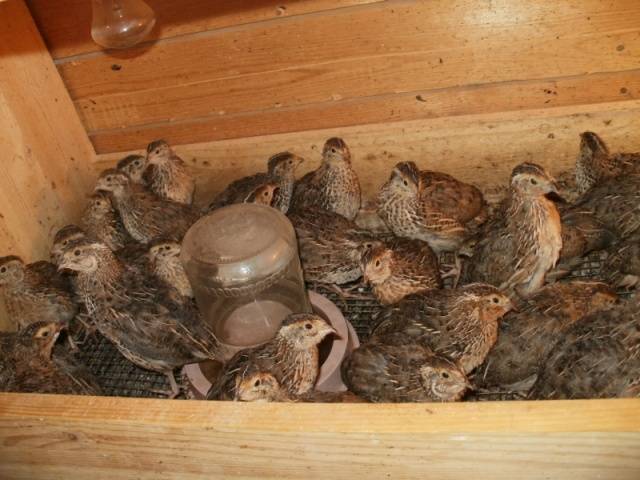
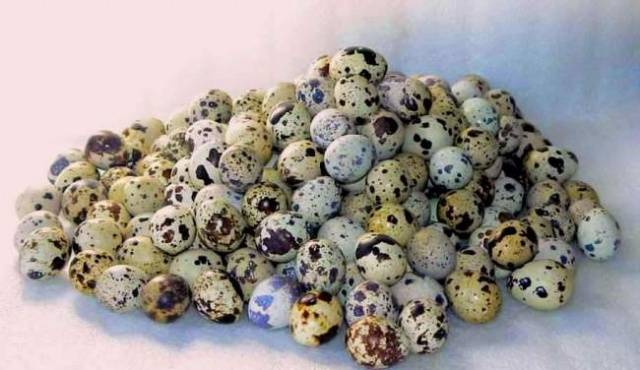
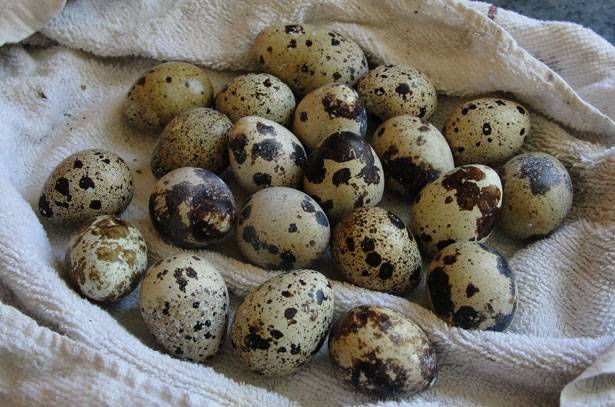
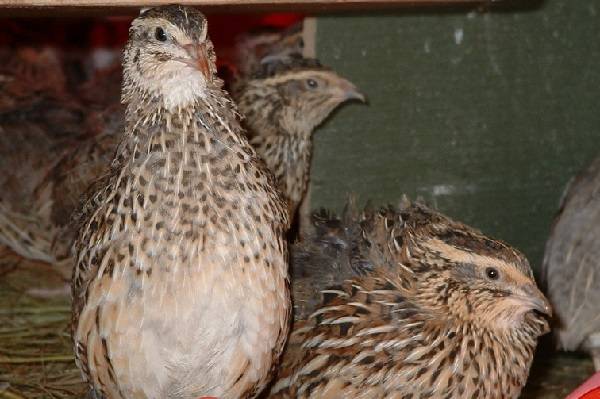
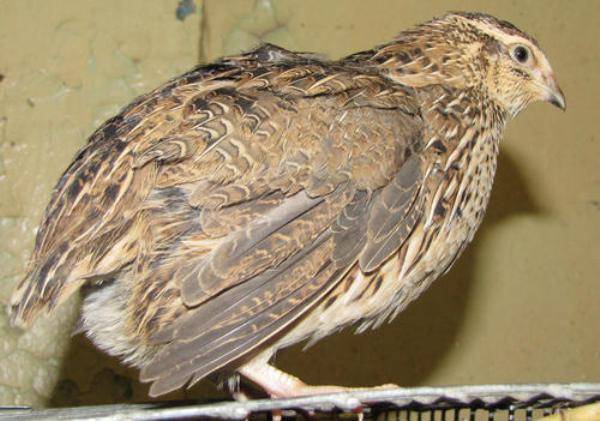
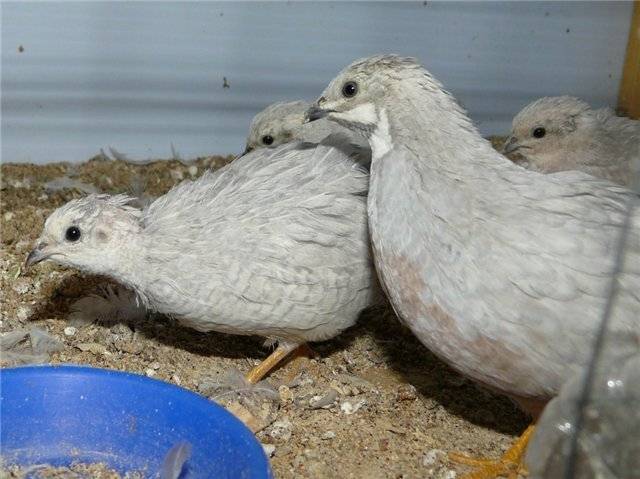
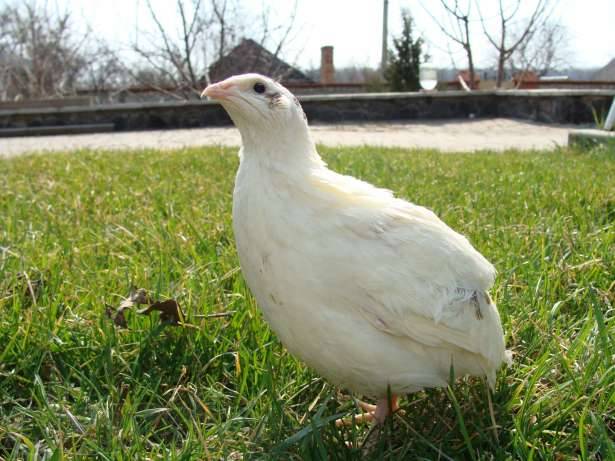
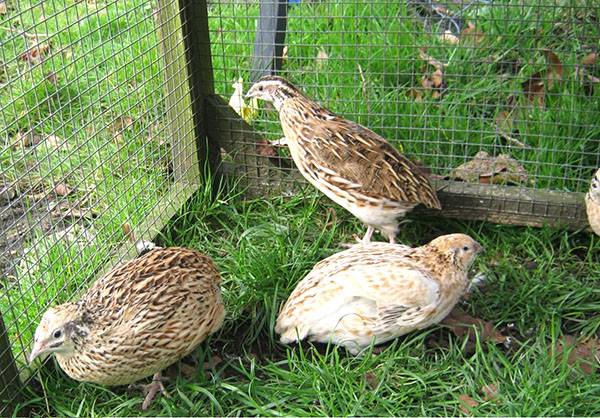
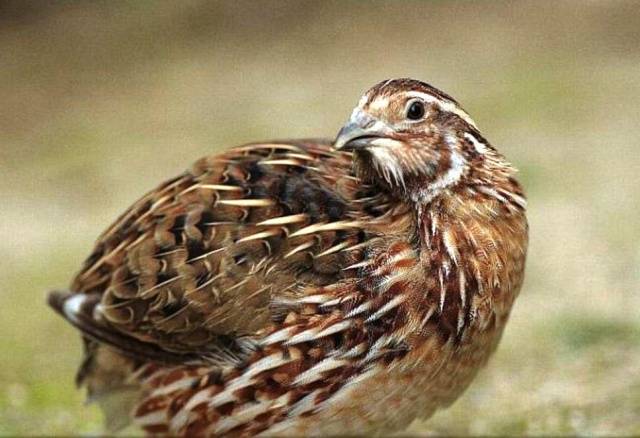
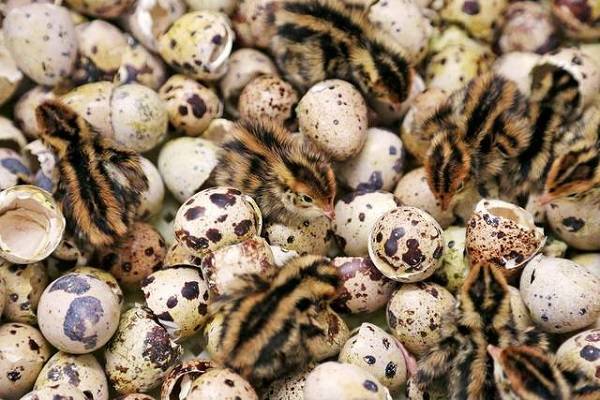
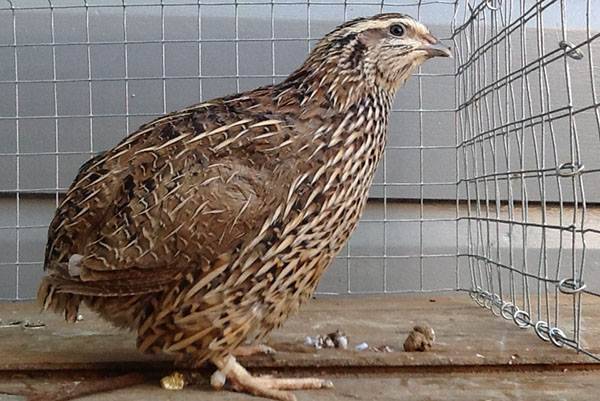
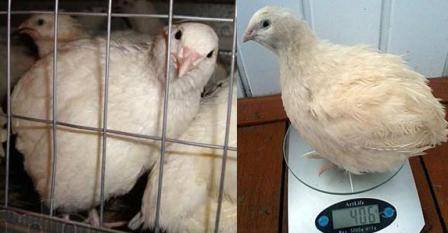
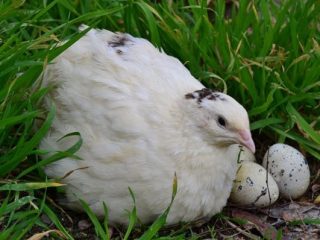
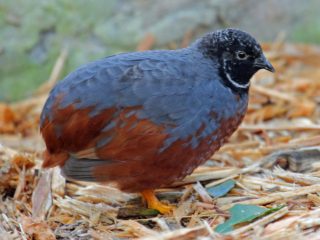




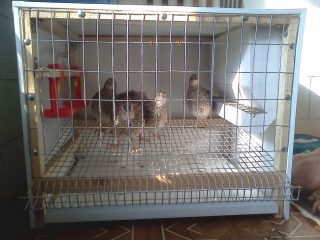

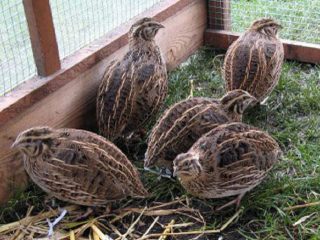
Well, about the eggs you bent on the most I do not want. The panacea is straightforward.